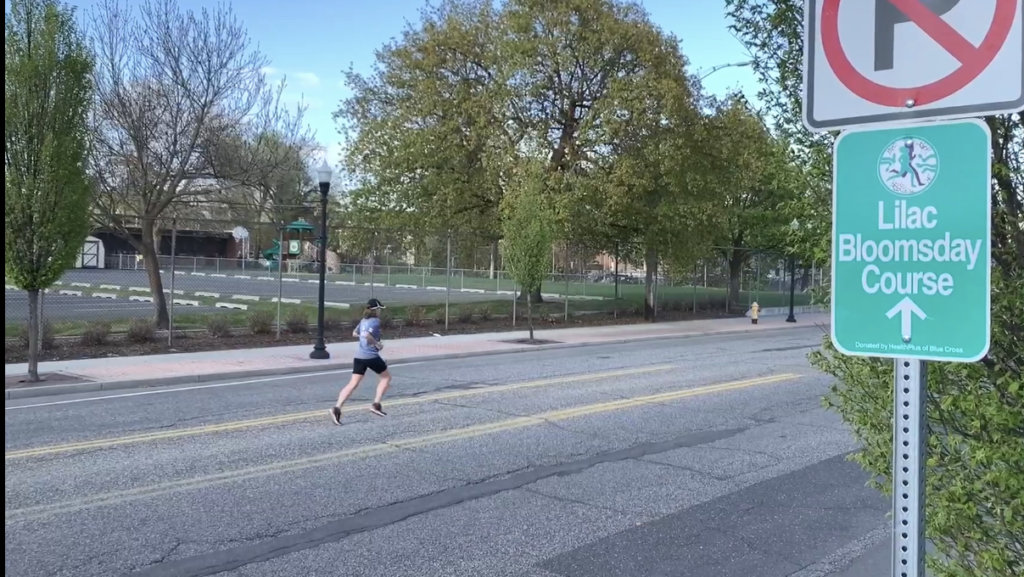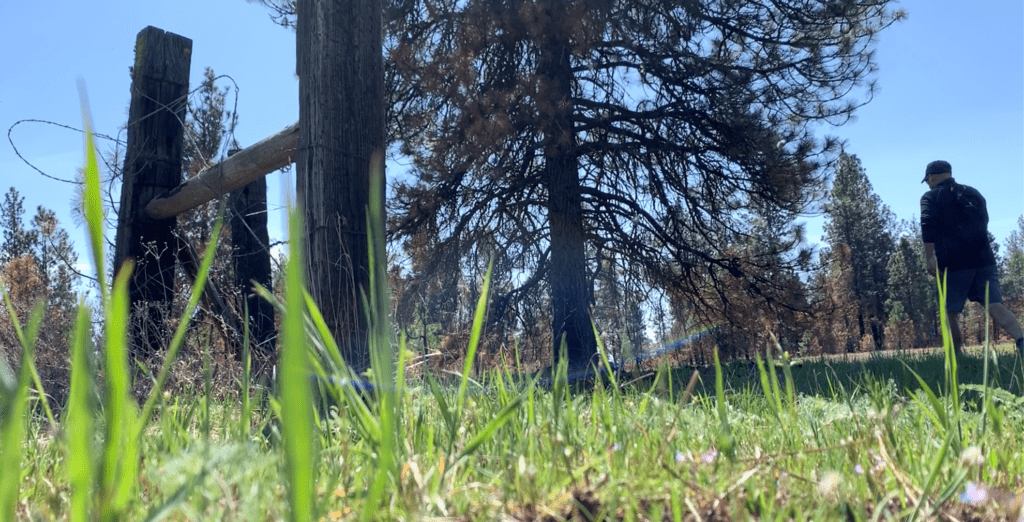The sun is shining and temperatures are rising—the perfect time to get outside and enjoy the Inland Northwest. And if you’re scratching your head trying to find ways to stay active during the pandemic, the EWU Recreation and Leisure Services Department has some exciting suggestions for getting “out there.”
“I had this idea that we should produce some videos to show people what we have available locally,” says Chris Cindric, a senior lecturer in Recreation and Leisure Services at Eastern.

Cindric and some of his fellow recreation and leisure professors are putting together a summer-long video series for Out There Outdoors magazine. Spinning off the name of the novel coronavirus—COVID-19—they came up with the title: The SPOvid-19 Local Adventure Series. Each week, for 19 weeks, a member of the group will produce a video highlighting outdoor recreation ideas and opportunities during the pandemic. They hope it will keep Eastern students, faculty and staff—as well as the entire community—active and healthy through the summer.
“Each video will focus on a local adventure,” Cindric says. “Adventure being a term to highlight anything from whitewater rafting or a 100-mile bike ride, to putting a hammock up in the park after you go on a hike or walking your daughter through town with her red wagon. We want to help people deal with this as a parent too.”
Helping people is at the core of the project, something that comes naturally to this group. As recreation professionals, helping others is what motivates their work, teaching, family life and leisure time.
“All of us firmly believe in role-modeling what it is we’re professionally involved with,” says Jeremy Jostad, an assistant professor of outdoor recreation leadership. “The video project really emphasizes the fact that a lot of our faculty are actively engaged and experience these activities. It’s one more way to highlight that part of who we are and the philosophy of the program.”

“There is value in recreation as a coping technique as well,” adds Emily Messina, an associate professor of therapeutic recreation. “For years I’ve worked with clients with severe mental illness and we use recreation to alleviate some of that anxiety and stress. We tapped into that coping idea and we’re hoping it can be a diversional or therapeutic experience for people to relieve some of that pent-up stress we’re seeing.”
Jostad, Messina and Matt Chase, a professor of recreation and tourism management at Eastern, recently authored a column for The Inlander focused on the ways recreation and leisure promote health and well-being while also reducing anxiety and stress. In the article, they also emphasize the importance of prioritizing recreation in your daily schedule.
“We think it is really poignant and hopefully eye-opening for our community to understand the value and importance that recreation and leisure play, not only in every individual’s life but within our community as a whole,” says Jostad. “What we’ve seen through the pandemic is that recreation is a significant part of peoples’ lives.”
“We also want to help people understand that we live in a really amazing place,” says Chase. “Not just for outdoor recreation, but for recreation as a whole. We want to provide that realization for people in our community.”
Whether you’ve lived in the Inland Northwest your whole life, or you are new to the area, the SPOvid-19 Local Adventure Series will take you on many new adventures to keep your body and mind well over the summer.

“It’s not just the physicality of the adventures,” says Cindric. “I think what we’ve really found is how important leisure is on all the spectrums from physical, emotional, spiritual and cognitive function.”
So far, Cindric has produced the first three episodes of the series, which include running the Bloomsday course, hiking at Turnbull Wildlife Refuge and completing a Yeti Ultra 24-Hour Challenge. The episodes are posted in the “Get Out There” section on the Out There Outdoors magazine website.
Each team member plans to produce at least one video highlighting their own adventure. And while the videos are not part of a class curriculum, they hope a student or two will be interested in producing a video over the summer as well.
And as Messina adds, even if the professors are not physically in class with their students right now, the videos have a way of helping them connect. “We strive to be advocates and also live that lifestyle that we teach to our students,” she says. “So, them seeing us carry on that message, even in restricted times, is helping them grasp how important that message is.”
Editor’s note: click the link below each photo to watch that week’s video.

